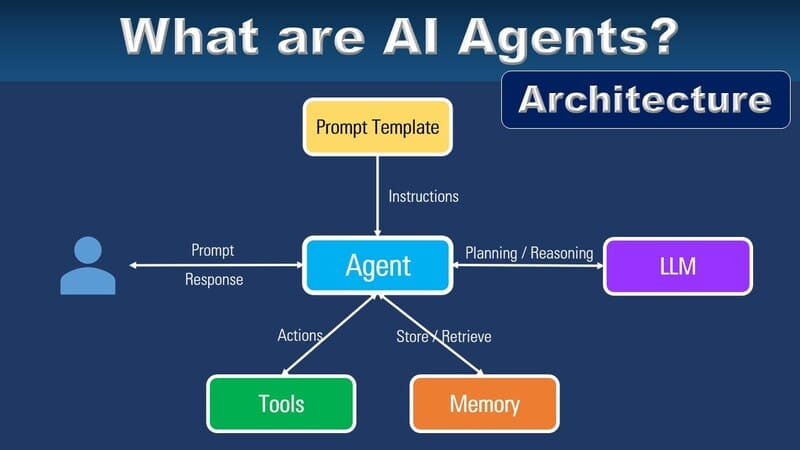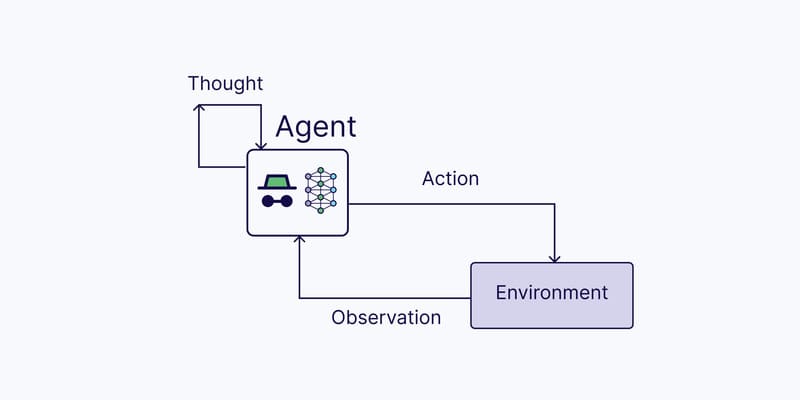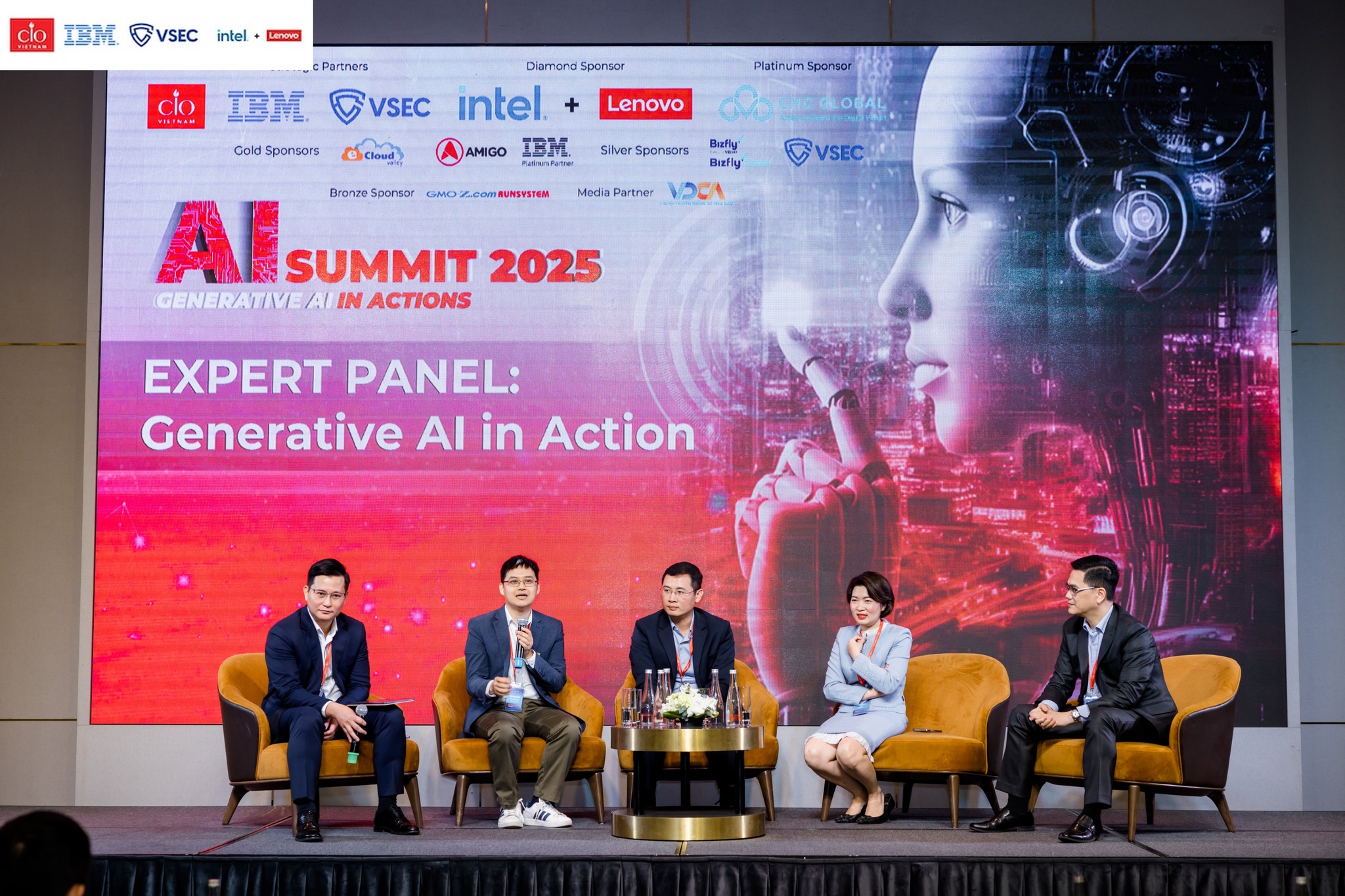With its ability to self-learn from large datasets, Deep Learning not only enhances performance but also unlocks new opportunities in data analysis and processing. This article, brought to you by FPT.AI, explores what Deep Learning is, how it works, its prominent applications, and the differences between Deep Learning, AI, and Machine Learning.
What is Deep Learning?
Deep Learning is a branch of Machine Learning (ML) within the field of Artificial Intelligence (AI). It focuses on developing and training Deep Neural Networks (DNNs) to automatically learn and interpret data.
Thanks to the complex structure of Artificial Neural Networks, Deep Learning can extract features from raw data automatically, eliminating the need for manual feature engineering. This minimizes labor and reduces reliance on domain expertise in building machine learning models.
Advancements in Big Data analytics and computing power have significantly improved the ability of Deep Learning models to mimic human thinking and reasoning. Current models effectively process large, unstructured datasets such as images, text, and audio while identifying complex patterns within the data.
However, to achieve optimal performance, training deep neural networks requires a substantial amount of data and computational resources. Additionally, training time can be extended due to challenges like overfitting when the data lacks diversity. Moreover, the complexity of neural network structures can make understanding and interpreting Deep Learning decisions difficult.
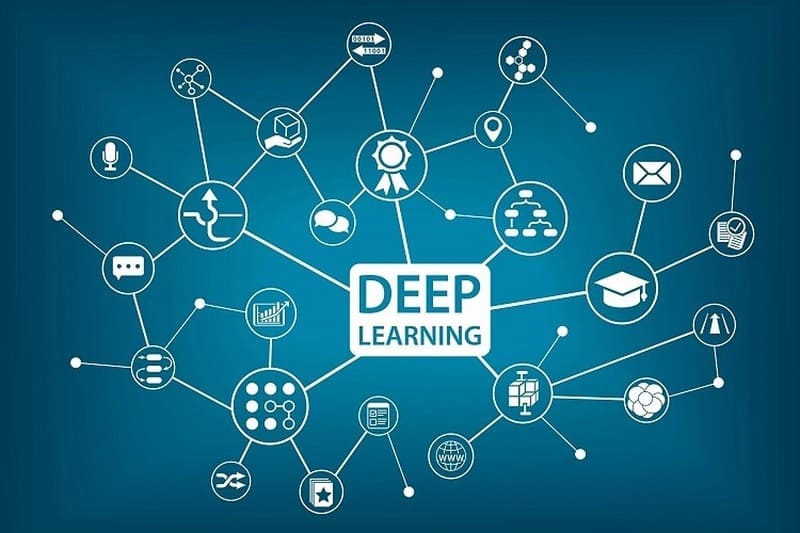
>>> READ NOW: What Are AI Agents? The Difference Between AI Agents and AI Chatbots
How Does Deep Learning Work?
Deep Learning models build and train Deep Neural Networks composed of multiple layers to simulate how the human brain processes information. The more layers in a network, the “deeper” it becomes. Each layer consists of interconnected nodes (neurons) linked to adjacent layers.
Weights are assigned to each connection between nodes, representing the strength of influence on the network. Each neuron has an activation function that “normalizes” its output.
During the training process of neural network, input data will flow through the layers, producing results at the output layer (Forward Propagation). Errors in predictions will be calculated and propagated backward through the layers, adjusting weights to optimize performance over time (Backpropagation).
After training, deep neural networks can learn and extract complex features from data to make accurate predictions. The combination of forward propagation and backpropagation enables rapid learning and performance improvement.
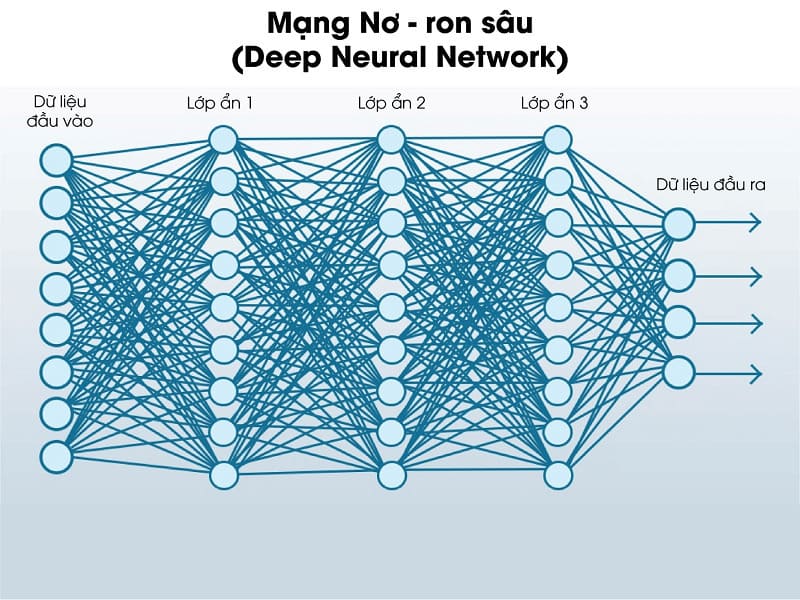
Applications of Deep Learning
Deep Learning is ideal for complex projects involving large amounts of unstructured data and requiring robust computational resources (e.g., GPUs). It is especially effective in fields like image processing, natural language processing (NLP), and speech recognition. However, for simpler tasks or limited data, traditional Machine Learning algorithms often provide more efficient and cost-effective solutions.
Computer Vision
With the ability to automatically extract information and perform in-depth analysis from images and videos, Deep Learning algorithms have significantly advanced the application of Computer Vision across various fields, including:
- Content Moderation: Automatically removing unsafe or inappropriate images and videos from storage systems.
- Facial Recognition: Identifying features such as open eyes, glasses, or beards.
- Image Classification: Recognizing brand logos, clothing, or safety equipment.
FPT.AI has developed the FPT AI eKYC solution to assist banks in verifying customer identities through images. Leveraging Deep Learning technology, the solution can analyze and compare portrait photos on identification documents like ID cards, driver’s licenses, and passports with real-time facial images or videos.
The FPT AI eKYC solution integrates advanced facial recognition technology and complies with the ISO/IEC 30107-3 international standard for Presentation Attack Detection (PAD). It effectively detects, prevents, and mitigates spoofing attempts, including the use of printed photos, fake images, or artificial materials such as forged fingerprints.
This ensures absolute security for millions of customers, contributing to the acceleration of digital transformation in the financial sector.
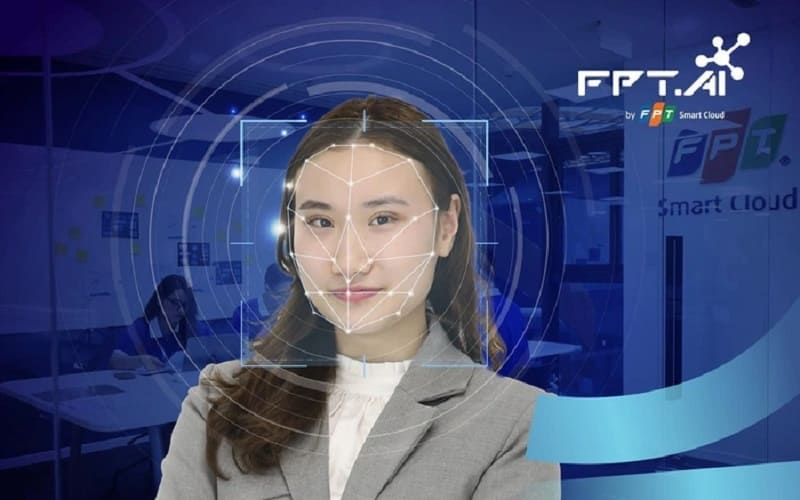
Speech Recognition
Deep Learning models can analyze human speech, regardless of differences in accent, pitch, tone, language, or region. This speech recognition technology is widely used in applications such as:
- Call classification: Automatically categorizing calls to support call center agents.
- Medical transcription: Recording medical conversations and converting them into real-time text.
- Captioning: Generating subtitles for videos and meeting recordings to improve content accessibility.
- Script-to-voice conversion: Converting written scripts into voice commands for smart applications.
Natural Language Processing (NLP)
Computers leverage Deep Learning algorithms to extract insights and meaning from text data and documents. This ability to process natural language created by humans has enabled applications such as:
- Virtual assistants and chatbots: Automating interactions with users.
- Content summarization: Automatically summarizing documents or news articles.
- Document processing: Extracting useful information from long texts like emails and forms.
- Sentiment analysis: Identifying and categorizing key phrases that convey emotions, such as positive or negative social media comments.
FPT AI Chat is an AI chatbot developed by FPT Smart Cloud to enable natural and intelligent interaction between businesses and customers. It analyzes user intent and provides accurate, prompt responses, helping businesses improve customer service while saving time and resources.
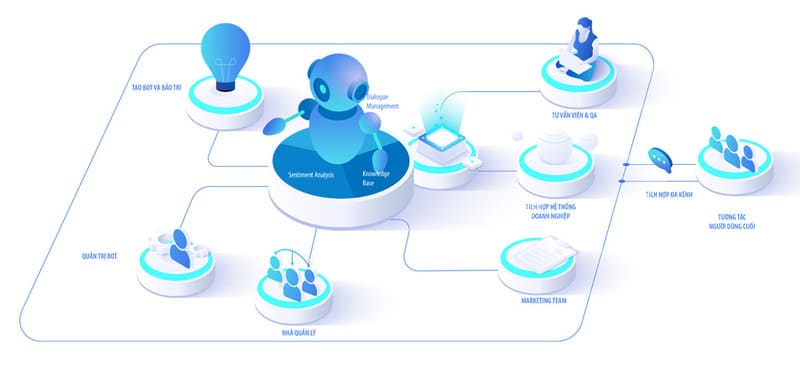
Recommendation Systems
Deep Learning applications monitor user activity to generate personalized recommendations. By analyzing behavior, these tools help users discover new products or services. Popular examples include:
- Content recommendations: Suggesting videos, articles, or content tailored to individual preferences.
- Personalized suggestions: Adapting recommendations based on user needs and behavior.
- Location-based content: Highlighting relevant content based on user location and habits.
Generative AI
Generative AI applications can create new content, interact with users in nuanced ways, and automate complex processes, fostering innovation and intelligent discovery. Examples include:
- Natural language queries: Asking questions and receiving summarized answers from internal knowledge sources.
- Code generation: Recommending code, auto-debugging, and suggesting efficient code upgrades.
- Content creation: Drafting documents, emails, and marketing content quickly and accurately.
Comparison: AI, Machine Learning, and Deep Learning
AI, Machine Learning, and Deep Learning each play distinct roles in addressing problems involving large and unstructured datasets. Choosing the right approach depends on the problem’s nature, available data, and computational resources. Specifically, read the table below:
| Criteria | Artificial Intelligence (AI) | Machine Learning (ML) | Deep Learning (DL) |
| Definition | A branch of science that simulates human intelligence, including learning, reasoning, and problem-solving. | A subset of AI that enables machines to learn from data and automate decision-making. | A subset of ML that uses multi-layer neural networks. |
| Input Data | Varies by application; can handle large or small datasets. | Can train on smaller datasets. | Requires large datasets for optimal performance. |
| Model Structure | Diverse algorithms and systems depending on the type of AI. | Uses traditional ML models like linear regression, decision trees. | Utilizes complex artificial neural networks with multiple hidden layers. |
| Self-Learning | Depends on the system; some require human intervention. | Needs significant human intervention for tuning and learning. | Learns autonomously from data and the environment. |
| Training Time | Depends on system and data. | Short training time; efficient for simple tasks. | Longer training time; suitable for complex tasks. |
| Correlations | Establishes both linear and nonlinear relationships. | Creates simple linear relationships between variables. | Creates complex nonlinear correlations. |
| Processing Devices | Depends on application; uses CPU or GPU. | Can train using CPUs. | Requires specialized GPUs for optimized training. |
| Applications | Automation, decision-support systems, virtual assistants (e.g., Alexa). | Behavioral analytics, customer service chatbots, fraud detection, object recognition, music streaming. | Biometrics, NLP, early cancer detection, chatbots, autonomous vehicles, genomic sequencing. |
For more information about Deep Learning solutions by FPT.AI, contact us via Hotline: 1900 638 399, Email: support@fpt.ai, or visit our website!








